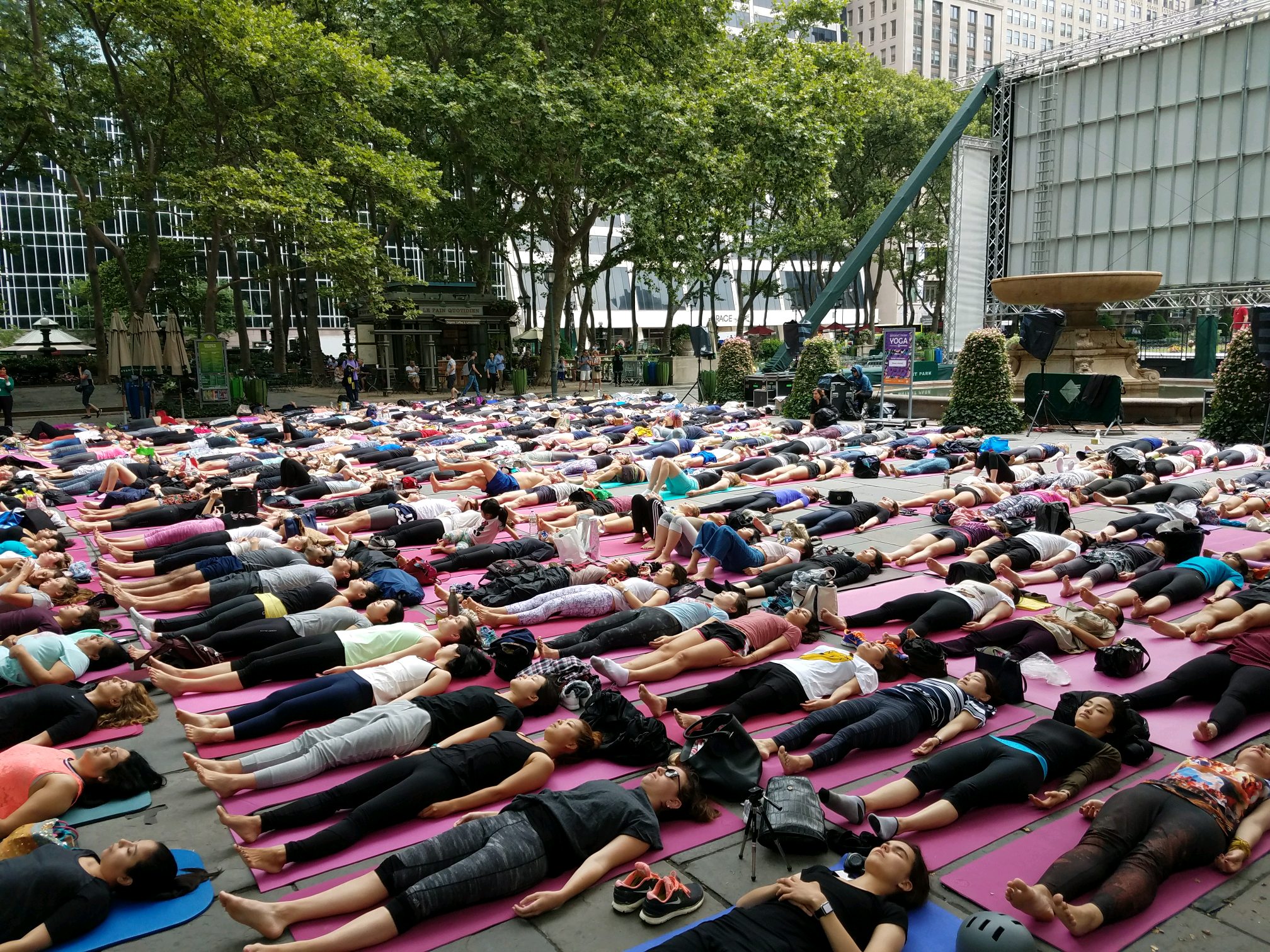
About Mona Anand
Co-Owner of ISHTA Yoga, Yogiraj in the ISHTA Lineage, Specialty Restorative & Yoga Nidra A Life Rooted in Yoga
Mona’s journey with yoga began in Mumbai, India, where she was first introduced to yoga nidra as a teenager. She experienced the profound stillness and deep relaxation this practice could bring. and that experience sparked a lifelong yoga nidra practice and , a desire to share its transformative power with others.
Today, as a Yogiraj (Yoga Master) in the ISHTA lineage and a Senior Trainer in ISHTA’s 500-hour teacher trainings, Mona has dedicated her life to guiding students toward balance, resilience, and inner awareness. She is a co-owner of ISHTA Yoga, where she teaches, mentors, and develops programs that integrate ancient wisdom with modern understanding.
Early Beginnings in Mumbai
I grew up in Mumbai, India, and began practicing yoga in high school when a teacher introduced us to yoga nidra. We would gather in the school hall, lie down, and follow her through a guided relaxation. The practice took me to a place of deep inner stillness and relaxation that I had never experienced before, and I soon found myself looking forward to every session. She often said that 20 minutes of yoga nidra was equal to four hours of sleep—a concept that stayed with me. Whenever I stayed up late studying or didn’t get a good night’s sleep, I would practice yoga nidra and feel refreshed, clear, and focused.
“I believe that advancing in yoga isn’t about achieving more, it’s about becoming more aware.”
Mona Anand
A Lifelong Practice
That early experience stayed with me through college and beyond. Yoga nidra became a practice I could always rely on, especially during times of stress or exhaustion. Years later, after 9/11, when my asthma suddenly worsened, friends from India encouraged me to return to yoga, as it is widely recognized there as a powerful tool for managing asthma. In fact, as a child my mother would take me to special breathing classes to correct my breathing patterns and build my lung capacity, often sending me to school late rather than putting me on medication.
So I joined a local studio, Be Yoga—an earlier iteration of ISHTA Yoga—and through consistent practice I was able to get off all my asthma medications. Beyond easing my asthma, yoga reduced the high levels of anxiety I carried from the fear of future attacks and from the medications themselves. Most importantly, it transformed my inner space, bringing me a sense of calm and steadiness I hadn’t known before. Wanting to understand more about how this profound practice had helped me heal, I signed up for teacher training. What began as a desire to learn soon became a turning point: the training transformed the way I looked at life and how I met it, from the inside
Teaching Kids and Adults
During my 500-hour training, I asked if I could teach a kids’ yoga class, and the studio owner at the time entrusted me with the entire program. I wove yoga nidra into the curriculum, ending every class with it—just as I had cherished it in high school in Mumbai. The children eagerly anticipated these sessions, lying down with open imaginations and an ease of visualization that came so naturally to them. Guiding them not only reawakened my own creativity but also helped me develop the long, vivid visualizations that I would later bring into my adult classes.
After completing my 500-hour training, I began teaching adults and initially incorporated brief yoga nidra sessions as guided relaxation at the end of class. I was amazed at the transformation I witnessed: students became lighter, more relaxed, and more open to imagining, dreaming, and creating mental imagery. Over time, yoga nidra became a cornerstone of both my asana and restorative classes, blending deep relaxation with creativity and the power of visualization.
Her life’s work
Mona has never taught a class without Yoga Nidra
Her signature recordings, designed to help with deep relaxation, better sleep, emotional balance, and chakra alignment, are available on iTunes and major yoga platforms. She has also created specialized yoga nidra trainings, including:
Mona Anand’s ISHTA Yoga Nidra Training
Yoga Nidra and the Chakras Training
Yoga Nidra and Ayurveda Training
Currently, she is co-writing a book with Yogiraj Alan Finger, deepening the understanding of how yoga nidra can be tailored to balance the chakras and doshas.



